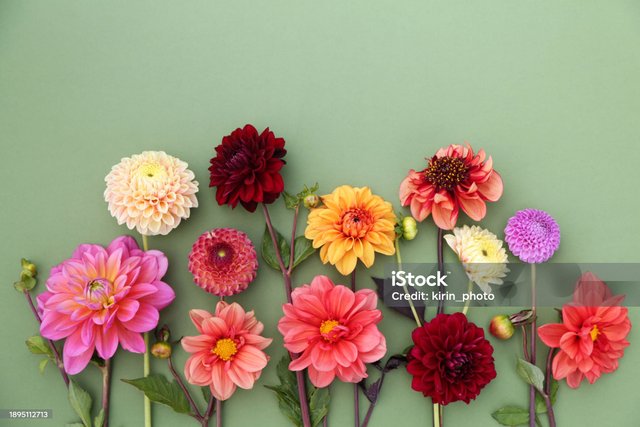Flowers and their role
The combination of flowers, flowering plants, and reproductive structures is highly colorful, odorous, and intricately formed. Still very beautiful indeed, at least from the perspective of a human. For their main purpose Is for luring pollinators in order to ensure successful reproduction.
The main components of the flower are:
Petals: The outer layer of a flower is the petals, which are soggy and contain leaves. But it protects the developing buds.
Petals: Consist of the colorful parts of the flower that draw the attention of pollinators including the honey bee and birds.
Stamens: These are the male components of the flower. They bear pollen that has sperm cells.
Pistol: This is the feminine element of the flower. It consists of three parts; the stigma, style, and oven: The stigma on the pistil receives pollen. This pattern connects this to the ovule. And the ovule has a potential seed capsule that can be developed into a seed.
Strategies to cross-pollinate flowers
The cross-pollination of flowers entails the transfer of pollen from the male anther of one plant to the female stigma of a second flower. This can be accomplished in the following ways:
Wind Pollination: Here wind acts as an agent and transfers the pollen to the flowers.
Animal Pollination: In this scenario, when bees, wasps, or birds gather nectar or pollen from flowers for food, they also carry and transfer pollen.

Downvoting a post can decrease pending rewards and make it less visible. Common reasons:
Submit